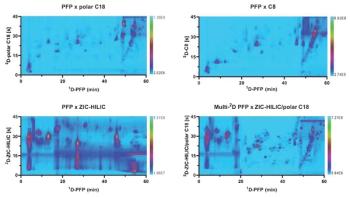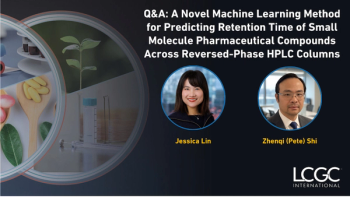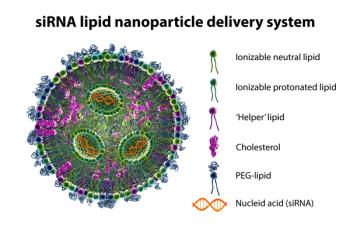
Medicinal Plant Compounds Separated Using Counter-Current Chromatography
Scientists from Qilu University of Technology in Jinan, China recently separated and purified components within the Phellodendron chinense plant using different types of counter-current chromatography (CCC).
Scientists from Qilu University of Technology in Jinan, China recently separated and purified components of the Phellodendron chinense plant using different types of counter-current chromatography (CCC), a type of liquid chromatography where the mobile and stationary phases are liquids (1). Their work was published in the Journal of Separation Science (2).
Phellodendron chinense, more commonly known as Chinese corktree, is a species of plants used in medicine to help treat inflammation and bone pain (3,4). The study focused on separating and purifying eight compounds from P. chinense samples. This was accomplished via pH-zone refining counter-current chromatography and traditional counter-current chromatography coupled with online-storage inner-recycling counter-current chromatography (IRCCC).
The pH-zone-refining mode was used to separate 2.0 g of crude extract with a solvent system of chloroform–methanol–water (4:3:3, v/v). From there, 10 mM hydrochloric acid and 10 mM triethylamine were added respectively to the stationary and mobile phases. The latter separation was performed by a solvent system of n-hexane-ethyl acetate-methanol-water (5:5:2:8, v/v). By the end of the experiment, eight compounds were successfully obtained. Six of them–6-methylpiperidin-2-one(1), isoplatydesmine(4), berlambine(5), epiberberine(6), palmatine(7), berberine(8)–were identified as alkaloids, while the other two, ferulic acid and isoferulic acid, were classified as phenolic acids. All these compounds were obtained using the various counter-current chromatography methods, with purities being over 95.0%.
References
(1) Berthod, A.; Hassoun, M. et al. COUNTERCURRENT CHROMATOGRAPHY | Extrusion–Elusion. Elsevier B.V. 2023.
(2) Zhu, H.; Geng, Y.; Ding, S.; Li, E.; Li, L.; Wang, X.; Yu, J. Separation and purification of alkaloids and phenolic acids from Phellodendron chinense by pH-zone refining and online-storage inner-recycling counter-current chromatography. J. Sep. Sci. 2023. DOI:
(3) Phellodendron chinense. NC State University 2023.
(4) Phellodendron Amurense. Examine.com Inc. 2023.
Newsletter
Join the global community of analytical scientists who trust LCGC for insights on the latest techniques, trends, and expert solutions in chromatography.




